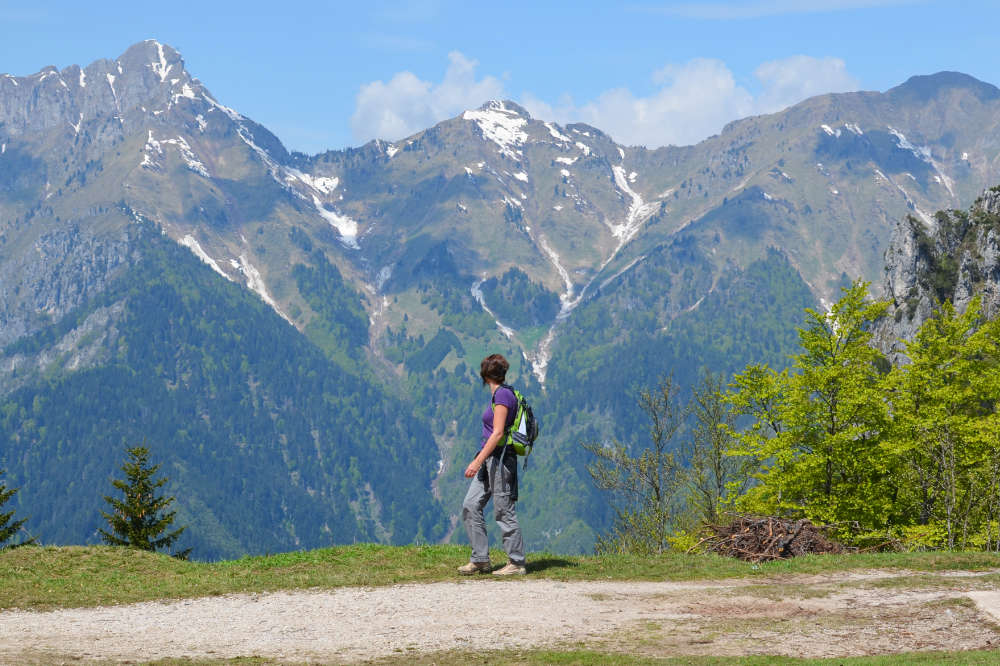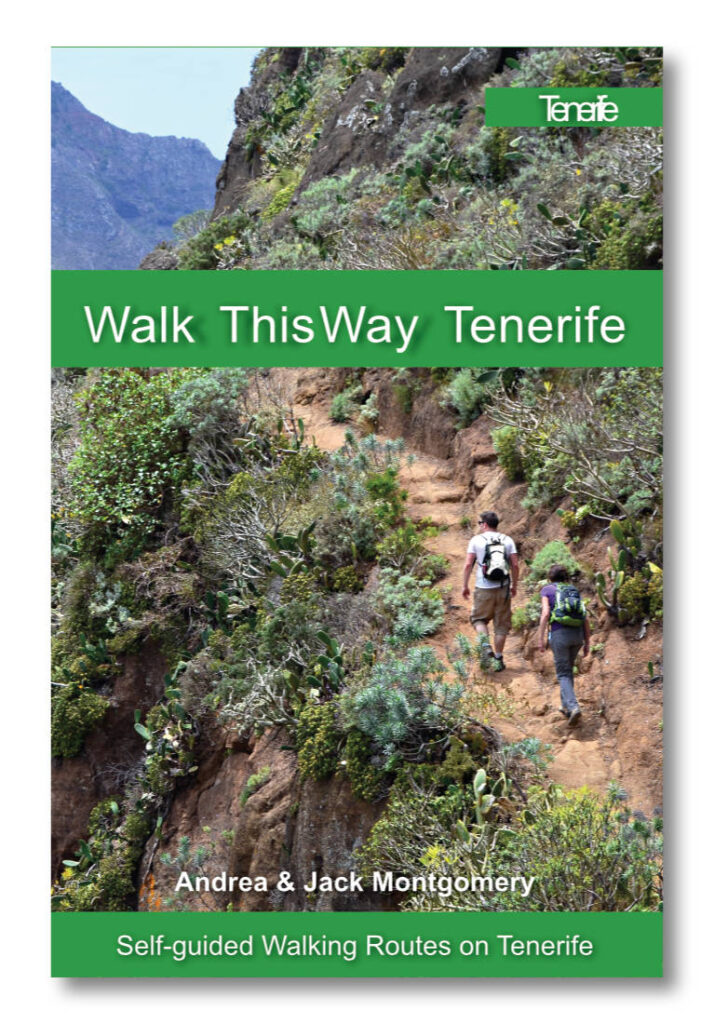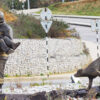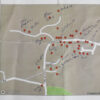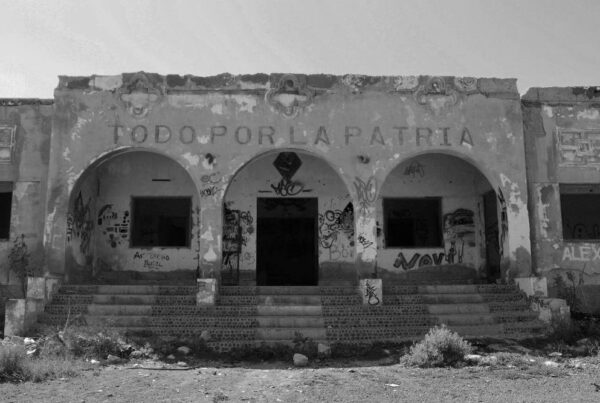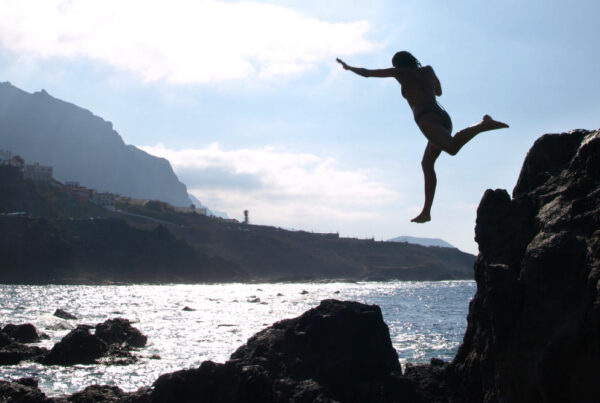I’m watching the series Destination X on UK TV at the moment. In a way, it’s the perfect reality show for people who enjoy Slow Travel, which may be a turn-off for people who don’t … if they even know what Slow Travel is. There are any number of websites which explain the concept of Slow Travel. Some I agree with, some I don’t. These are (briefly) the top four from a Google search:
What is Slow Travel
‘It is characterized by reducing mobility and by taking time to explore local history and culture, while supporting the environment. – Wikipedia.
That’s a bit wishy-washy for my liking.
‘Slow travel presents an alternative to the see-every-country ethos. Simply put, traveling slowly means staying longer in a place.’ – The Good Trade.
Nah, I don’t like that one. I know plenty of people who’ve stayed years in a location and know not a jot about it save for their immediate surroundings.
‘Slow travel means tamping down our own built-in, conditioned obsessions with time and allowing the world to move just a little slower.’ – Condé Nast Traveller.
As far as explanations go, this one is like espuma.
The fourth one on the list was our own, from our Buzz Trips website, where I write about the term being virtually meaningless as it’s a marketing construct. In the article, I reference our work putting together Slow Travel holidays, specifically about talking to owners of rural hotels, restaurateurs, artisans etc.
Most of the time, across numerous European countries, people didn’t have a clue what the term Slow Travel meant. However, when we described the type of travellers Slow Travel holidays attracted, people were invariably eager to welcome them – basically, travellers who were interested in the destination they visit; wanted to delve under the skin, learn about its history, people, traditions, culture, gastronomy. People who preferred to put their money into the local economy instead of the pockets of multinational companies.
We would repeat this a number of times for any one destination. The big problem with Slow Travel is the name. I remember some in the travel writing business dismissing it when they first heard it, taking the term literally – presumably visualising someone dithering along a path at tortoise speed. It’s understandable, it’s not exactly a dynamic term, not that it has to be.
Slow Travel and Destination X
Anyway, back to Destination X and why I’m enjoying it so much. One of the aspects of Slow Travel (let’s stick with that title for now) I particularly like is it often focuses as much, if not more so, on the small aspects of a given destination. Things that can be overlooked in the clamber to get the famous insta ‘shot.’ These little things add up to much more than a sum of their parts.
They often provide a unique insight into a place. They might involve regional food, or a sign on a wall, clothes … anything. Clues in a challenge in one episode of Destination X included a moka coffee pot. We first encountered these while living in Spain, where they’re used extensively. But travels in Italy taught us they originated there. The same episode featured pastéis de nata, a seemingly easy clue, but not every contestant knew they were Portuguese. You only know what you know.
A roundabout seen through the bus’s window displayed a bundle of balls, instantly placing the vehicle in the Black Forest because of the traditional bollenhut, a hat topped with red pompoms that look like oversized cherries. A picture of various roses early in another episode gave away the ultimate destination as Salzburg. One rose was a Julie Andrews (suggesting Austria and probably Salzburg because of The Sound of Music). The one that clinched it was the other rose, the Amadeus. I couldn’t tell you where most composers were born. But I remember Mozart’s birthplace thanks to his balls – Mozart’s Balls are little chocolate sweets – and because the house where he was born is now a Spar.
For some reason, it’s often the little things that stick in my mind – a stoneware ginger beer bottle embedded in a wall beside a stream at Lynmouth, commemorating a factory destroyed by a flood; stone circles in rural areas of Tenerife (threshing floors); strange enclosures in the hills of Northern Portugal (wolf traps), and so on. Everywhere has them. Commenting on a post about Destination X, a friend I worked with described these little things as those ‘oddball’ clues that you just KNOW where it is.’
When we write guides, we include lots of mentions of ‘oddball’ things, purely because we have the view that if it interests us, it’ll interest people who like to travel the way we do. Simple as that.
I’m still not overly keen on the term Slow Travel though. Maybe from now on I’ll use Curious Travel instead.
